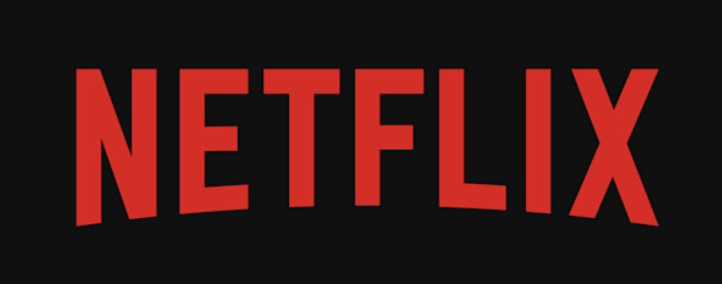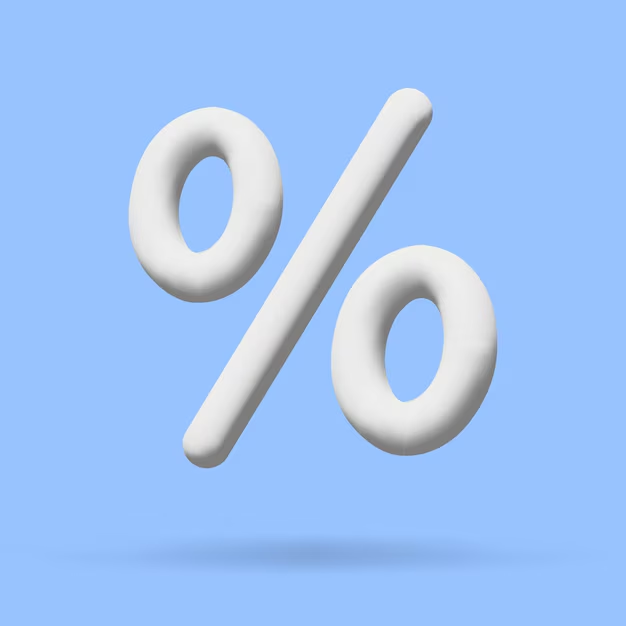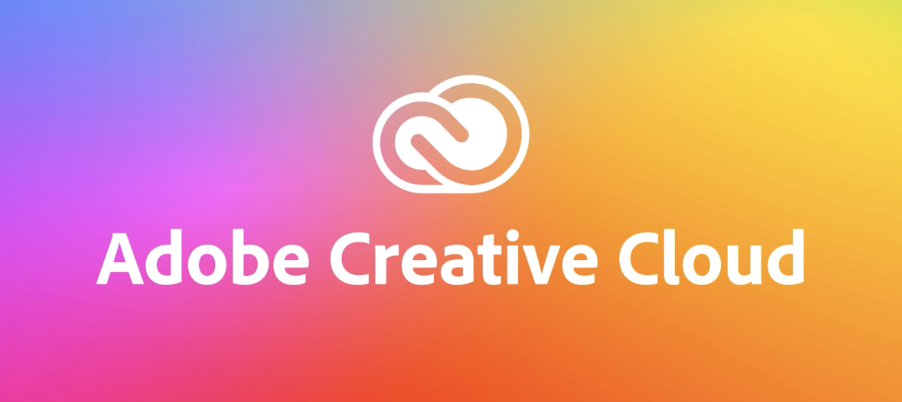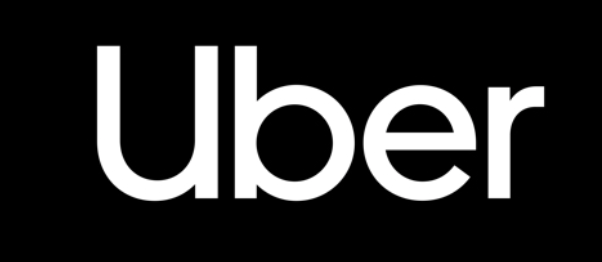
Back to hub
Blog
Pricing Strategies: 10 Practical and Effective Examples
Published on Jul 14, 2025
A well-thought-out pricing strategy can make or break your business. Whether you're a start-up looking to break into a competitive market or an established business aiming to maximize profits, the examples of pricing strategies in this guide will help you navigate the complex world of pricing decisions. From Apple's high-end pricing strategy to Netflix's penetration approach, let's explore how the most successful companies price their products and services.
What is a pricing strategy?
A pricing strategy is the basis you use to determine the price of your products and services.
It's not just about covering costs and adding a profit margin, but also about understanding your market, your competitors, and the psychology of your customers in order to set prices that drive both sales and profitability.
Think of pricing strategies as the guiding thread of your business. Just as a captain uses navigation tools to reach their destination, you need a suitable pricing framework to achieve your business goals. Whether you're aiming for rapid market penetration, high-end positioning, or steady growth, your pricing strategy serves as your roadmap.
Why is pricing strategy more important than you think?
A consumer study conducted by First Insight asked in-store and online shoppers what factors were most important to them when making purchases. The data revealed that 70% of in-store shoppers and 63% of online shoppers considered price to be an important factor, compared to 50% and 44% of shoppers who considered quality to be the determining factor.
These findings reveal a crucial truth: price often trumps quality in purchasing decisions. That's why it's not just important to define the right pricing strategy—it's essential for surviving in today's competitive marketplace.
10 examples of pricing strategies that really work
1. Premium pricing (luxury positioning)

Premium pricing, also known as prestige pricing or luxury pricing, is a strategy that involves setting the price of a product higher than that of its competitors in order to create an impression of superior quality and exclusivity. This model capitalizes on the perception that higher prices mean better quality, attracting consumers who are willing to pay more for what they consider to be a high-end product or service
Real-world example: Rolex sets its prices well above those of other watchmakers. The brand relies on a strong reputation for craftsmanship and exclusivity
When to use premium pricing:
You have a unique product or competitive advantage
Your target market values status and exclusivity
You want to establish a luxury brand image
The quality is genuinely superior to that of your competitors
2. Penetration pricing (market entry strategy)

Penetration pricing is a marketing strategy used by companies to attract customers to a new product or service by offering a lower price when it is first launched. The lower price helps a new product or service penetrate the market and attract customers from competitors
Real-world example: Netflix initially offered low subscription prices to attract customers, then raised its prices as the platform gained popularity
The Netflix success story: When Netflix entered the streaming market, it used a penetration pricing strategy to quickly build a massive subscriber base. Once customers were “hooked” on the service and had gotten into the habit of watching it, Netflix gradually raised its prices. This strategy allowed it to dominate the streaming industry.
3. Skimming (targeting early buyers)

The skimming strategy is the opposite of the penetration strategy, which involves setting a maximum price first and then gradually lowering it over time. This strategy works best with products that are subject to major launches, such as laptops or cars. Skimming allows you to capture early buyers who are willing to pay top dollar for the latest, cutting-edge product
Real-world example: The iPhone is a classic example of skimming pricing. When Apple launches a new model, it sells it at a high price to many loyal customers who are not price-sensitive and value having the latest technology
Apple's mastery of price skimming: One of the best-known practitioners of price skimming is Apple, which has turned its product launches into events in their own right, with tickets and fans, in order to create as much buzz as possible. Die-hard fans buy new products as soon as they are released, even going so far as to queue up overnight outside Apple Stores to get them
4. Value-based pricing (customer-centric approach)

The price is linked to the value that a person places on the product or service they are purchasing.
This strategy focuses on what customers think your product is worth rather than your production costs.
Real-world example: The Tesla Model S is priced higher than many other electric vehicles and luxury cars because of its high performance and advanced features. Customers are willing to pay extra for Tesla's cutting-edge technology and the brand's reputation for innovation and environmental responsibility.
5. Cost-plus pricing (simple and reliable)

Cost-plus pricing is a strategy that involves taking the total cost of production and adding a margin (usually a percentage).
Although simple, it is the most straightforward approach to pricing.
Real-world example: Calculate your total production costs, then add a fixed percentage to arrive at your selling price. Let's take the example of an online T-shirt retailer aiming for a 35% profit margin.
Pros and cons:
✅ Easy to calculate and implement
✅ Guarantees a profit margin
❌ Does not take into account market conditions and customer perception of value
❌ May not be competitive in price-sensitive markets
6. Competitive pricing (market-based strategy)

A competitive pricing strategy uses competitors' prices as a reference. Companies operating in a highly saturated industry may choose this strategy, as a slight price difference can be decisive for customers
Real-world example: Have you noticed that you pay roughly the same price for Netflix, Amazon Prime Video, Disney+, Hulu, and other streaming services? That's because these companies have adopted competitive pricing, or at least a form of it called market-based pricing
When competitive pricing works:
Highly commoditized products
Price-sensitive markets
Similar product characteristics among competitors
Established market with clear price leaders
7. Bundled pricing (increased perceived value)

With bundled pricing, small businesses sell multiple products at a lower price than each item would sell individually. This gives customers the impression that they are getting more for their money.
Real-world example: When I created my website, I found Adobe Creative Cloud's bundled pricing to be perfect. This strategy offers a suite of tools at a single price, making it easier to manage and more cost-effective. Adobe Creative Cloud effectively combines multiple services into a single package to enhance its value proposition and simplify purchasing decisions
Benefits of bundling:
Increases average order value
Simplifies customer decision-making
Eliminates slow-moving inventory
Creates a perception of value
8. Freemium pricing (lead generation strategy)

Freemium pricing involves offering a basic version of a product or service for free, while charging users for access to advanced features, premium tools, or extended use. The goal is to attract a large user base and gradually convert a certain percentage of them into paying customers
Real-world example: Free apps that ask customers to pay a high price if they want to enjoy an ad-free experience. And subscriptions to online magazines and newspapers only give you access to a certain number of free articles before you have to pay for unlimited access
Freemium in B2B: For B2B platforms such as Emelia.io, freemium pricing works particularly well. Companies can offer basic email communication features for free, allowing users to discover the value of the platform before upgrading to premium features such as advanced analytics, A/B testing, or higher sending limits.
9. Psychological pricing (psychological games that work)

Psychological pricing is exactly what it sounds like: it targets human psychology to boost your sales. Take the 9-digit effect, for example. While a product that costs $99.99 is actually $100, changing the price by a penny tricks our brains into thinking that the price is significantly lower.
Real-world example: Have you ever noticed that some prices end in .99? That's because companies use a pricing strategy called “psychological pricing.” Studies show that consumers perceive prices ending in .99 as significantly lower than prices rounded up to the nearest dollar.
Common psychological pricing tactics:
Bait pricing ($9.99 instead of $10)
Anchoring (displaying the most expensive option first)
Decoy pricing (making the middle option more attractive)
Loss aversion (emphasizing what customers lose by not buying)
10. Dynamic pricing (real-time adjustments)

Dynamic pricing involves adjusting prices based on changing market conditions, such as fluctuations in demand, competitor prices, or available inventory. It maximizes revenue in variable circumstances and is often used in industries where products or services are time-sensitive.
Real-world example: Ride-sharing companies such as Uber and Lyft take advantage of dynamic pricing. This allows them to fluctuate their prices based on current demand. Try finding an Uber after a concert at a stadium when it's raining. You'll pay a lot more for that ride than you would on a sunny Sunday morning when half the local businesses are closed.
How to choose the right pricing strategy for your business?
Choosing the right pricing strategy isn't about selecting the most popular option, but finding the approach that fits your business goals, market position, and customer base.
Step 1: Define your business goals
Set a goal: identify the objectives you want to achieve, whether it's increasing profitability, entering new markets, or becoming a luxury brand.
Common business objectives:
Market penetration: use penetration pricing or competitive pricing
Profit maximization: consider premium pricing or value-based pricing
Brand positioning: premium pricing for luxury, economy pricing for budget positioning
Customer acquisition: freemium or penetration pricing
Step 2: Understand your target market
Identify your audience: consider your buyer profiles, what they are willing to pay, their pain points, their purchasing power, and their buying habits
Key questions for market research:
How price-sensitive are your customers?
How do they perceive the value of your product category?
What is their typical purchasing behavior?
Are they brand loyal or price sensitive?
Step 3: Analyze your competitors
Analyzing your competitors' pricing strategies can provide valuable insights into market expectations and help you identify potential market opportunities or gaps. By understanding how your competitors price their products or services, you can position your offerings to differentiate your brand and deliver value to your customers.
For B2B prospecting tools such as Emelia.io, competitive analysis can reveal opportunities for differentiation through value-based pricing, while competitors focus on feature-based pricing.
Step 4: Calculate your costs and margins
Before setting a price, you need to understand your actual costs:
To calculate the actual cost of a product or service, start by calculating all your expenses, including fixed and variable costs. Rent or lease payments, insurance, and property taxes are examples of fixed costs. Variable costs include materials, labor, and logistics. Once you've determined these costs, subtract them from the price of your product or service. Actual cost = selling price – (fixed costs + variable costs)
Step 5: Test and iterate
If you want to determine the amount that works best, test your price using an A/B test on an online product page. For example, if you sell a book, you can create two home pages: one offering the book for $11.99 and the other for $9.99 (with an inexpensive add-on, for example). You can then determine which price attracts the most buyers in order to refine your strategy
Common mistakes to avoid in pricing strategy
1. Fighting solely on price
Fighting on price is a dangerous strategy, akin to a game of poker, a race to the bottom where the last survivor wins.
Instead, focus on differentiating value.
2. Ignoring customer psychology
Studies have shown that consumers generally don't know how much a product is supposed to cost. We usually compare the price of the product we are considering buying to that of other similar products.
3. Set a price and stick to it
Once you have chosen your pricing strategy, keep in mind that it is not set in stone. If sales are slow or the market changes, you may need to adjust your prices to compensate. Think of this as an opportunity to test and refine the true value of your product
4. Don't ignore price elasticity
The price elasticity of demand determines the impact of a price change on consumer demand. If consumers continue to buy a product despite a price increase, its demand is inelastic
Tips for implementing a pricing strategy
1. Start by studying your customers
Before implementing a pricing strategy, take the time to understand your customers' willingness to pay and their perception of value. This is particularly important for B2B companies that use prospecting tools such as Emelia.io, where it is essential to understand the price tolerance of large companies compared to that of small businesses.
2. Monitor your competitors' prices regularly
Set up alerts or use price monitoring tools to track your competitors' price changes. This will help you stay competitive while maintaining your positioning.
3. Leverage technology
Use data analytics and pricing software to gain useful insights. Leverage dynamic pricing models to adjust your prices in real time based on demand
4. Clearly communicate the added value
Regardless of the pricing strategy you choose, make sure your marketing and sales teams can clearly explain the value proposition that justifies your prices.
Conclusion
Whether you opt for penetration pricing to capture a new market, premium pricing to assert a luxury positioning, or value-based pricing to maximize customer value capture, the key is to choose a strategy that aligns with your business objectives and customer expectations.
Remember that pricing is not just a means of covering costs, but a powerful tool for shaping value perception, influencing customer behavior, and propelling your business toward its ambitions. Choose your approach wisely, test it rigorously in the field, and remain agile to adjust it as market conditions and customer feedback evolve.
Ultimately, a well-executed pricing strategy can transform a simple product into an irresistible proposition—start analyzing your context today to refine yours and boost your growth.
Frequently asked questions
What is the best pricing strategy for start-ups?
Start-ups often benefit from using penetration pricing or freemium models to quickly attract early users and validate their product-market fit.
These strategies allow them to build a user base and gather feedback before moving on to more profitable pricing models.
How do you determine the right price?
You should price your products based on factors such as manufacturing costs, competitor prices, your brand positioning, customer profile, and economic or market trends. You should also align your pricing strategy with your goals to help drive business growth and profitability.
When should you change your pricing strategy?
You should consider changing your pricing strategy when:
Market conditions change significantly
New competitors enter the market
Customer feedback indicates price sensitivity issues
Business objectives change
Product features or value proposition evolve
Can multiple pricing strategies be used simultaneously?
You don't have to stick to just one strategy. Many successful companies combine multiple models, such as offering a freemium offering with value-based upgrades or using bundled pricing as part of a subscription business model.
How important is psychological pricing?
Psychological pricing works because consumers feel they are getting the best possible deal, which is not always true. It is one of the favorite pricing strategies for companies because it emotionally motivates consumers to buy.
What is the difference between skimming and penetration pricing?
Price skimming: a company enters the market with a higher initial price than its competitors, then lowers it as demand decreases. Penetration pricing: a company enters the market with an initial price lower than its competitors, then raises it once it has established a customer base.
How can you implement value-based pricing?
Use a value-based pricing strategy when you can clearly articulate what sets your product or service apart from the competition. When marketing your products or services to your customers, I recommend emphasizing value to strengthen demand.
What role does competitive analysis play in pricing?
Competitor analysis plays an important role in pricing strategy. Many companies price their products similarly to their competitors, but this does not always work. It can make your product appear to be the same as those that already exist

Clear, transparent prices without hidden fees
No commitment, prices to help you increase your prospecting.
Credits
May use it for :
Find Emails
AI Action
Phone Finder
Verify Emails
€19per month
1,000
5,000
10,000
50,000
100,000
1,000 Emails found
1,000 AI Actions
20 Number
4,000 Verify
€19per month
Discover other articles that might interest you !
See all articlesBlog
Published on Oct 24, 2025
5 contract management tools that will help your legal team keep their cool in 2025
 Niels Co-founder
Niels Co-founderRead more
Tips and training
Published on Dec 5, 2022
Few things to avoid in your campaigns
 Niels Co-founder
Niels Co-founderRead more
LinkedIn
Published on Sep 2, 2025
LinkedIn and Beyond: Discover 6 Alternatives to Dripify
 Mathieu Co-founder
Mathieu Co-founderRead more
Software
Published on Nov 5, 2025
4 Translation Management Systems That Actually Make Global Expansion Easy (Not Overwhelming)
 Niels Co-founder
Niels Co-founderRead more
Sales
Published on Jul 14, 2025
Gross Sales vs Net Sales: the Key Differences You Need to Know
 Niels Co-founder
Niels Co-founderRead more
Software
Published on May 24, 2024
5 SalesQL Alternatives : 2025 B2B Prospecting Hacks
 Marie Head Of Sales
Marie Head Of SalesRead more
Made with ❤ for Growth Marketers by Growth Marketers
Copyright © 2025 Emelia All Rights Reserved
